Corporate Sustainability Goals
Many corporations are setting ambitious sustainability targets, which significantly influences the Post Consumer Recycled Plastic Market. Companies are increasingly recognizing the importance of integrating recycled materials into their supply chains to meet these goals. For instance, a notable percentage of major brands have committed to using a specific proportion of recycled content in their products by 2030. This commitment not only helps in reducing their carbon footprint but also aligns with consumer expectations for environmentally responsible practices. Consequently, the demand for post-consumer recycled plastics is likely to rise as companies strive to fulfill their sustainability pledges.
Collaboration Across Industries
Collaboration among various stakeholders is emerging as a key driver in the Post Consumer Recycled Plastic Market. Partnerships between manufacturers, recyclers, and retailers are fostering a more integrated approach to recycling and product development. Such collaborations can lead to the establishment of closed-loop systems, where post-consumer plastics are continuously recycled and reused. This not only enhances the sustainability of products but also creates a more resilient supply chain. As industries work together to promote the use of recycled materials, the demand for post-consumer recycled plastics is expected to grow, further solidifying its position in the market.
Government Regulations and Incentives
Regulatory frameworks and incentives play a crucial role in shaping the Post Consumer Recycled Plastic Market. Governments worldwide are implementing stringent regulations aimed at reducing plastic waste and promoting recycling initiatives. For example, several regions have introduced mandates requiring a certain percentage of recycled content in plastic products. These regulations not only encourage manufacturers to incorporate post-consumer recycled plastics but also create a more favorable market environment for recycled materials. Additionally, financial incentives for recycling programs further stimulate the demand for post-consumer recycled plastics, thereby enhancing the overall market dynamics.
Consumer Demand for Sustainable Products
The increasing consumer awareness regarding environmental issues appears to drive the Post Consumer Recycled Plastic Market. As consumers become more conscious of their purchasing decisions, they tend to favor products made from recycled materials. This shift in consumer behavior is reflected in market data, indicating that products incorporating post-consumer recycled plastics are witnessing a surge in demand. In fact, recent surveys suggest that a significant percentage of consumers are willing to pay a premium for sustainable products. This trend not only encourages manufacturers to adopt recycled materials but also fosters innovation in product design, thereby enhancing the overall market landscape.
Technological Innovations in Recycling Processes
Advancements in recycling technologies are transforming the Post Consumer Recycled Plastic Market. Innovations such as improved sorting techniques and enhanced processing methods are making it easier and more efficient to recycle plastics. These technological developments not only increase the quality of recycled materials but also reduce the costs associated with recycling. As a result, manufacturers are more inclined to utilize post-consumer recycled plastics in their products. Furthermore, the emergence of new recycling technologies could potentially expand the range of plastics that can be recycled, thereby broadening the market opportunities for post-consumer recycled plastics.


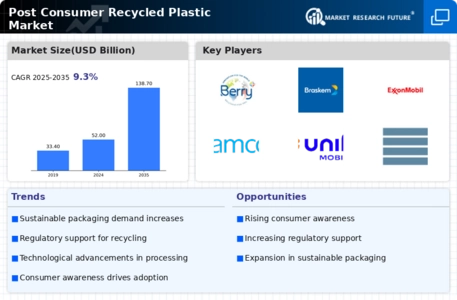


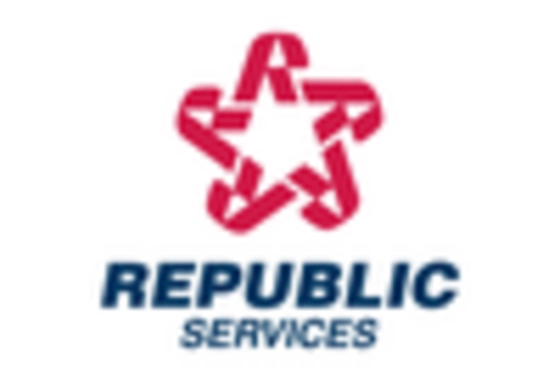
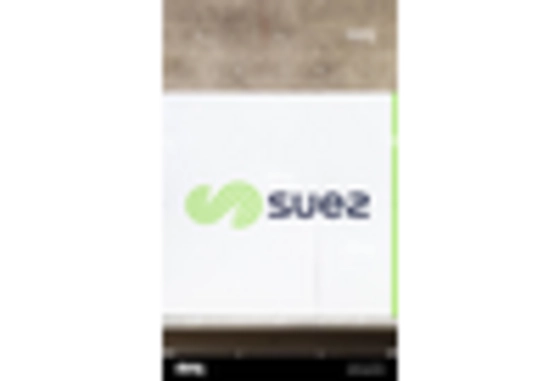
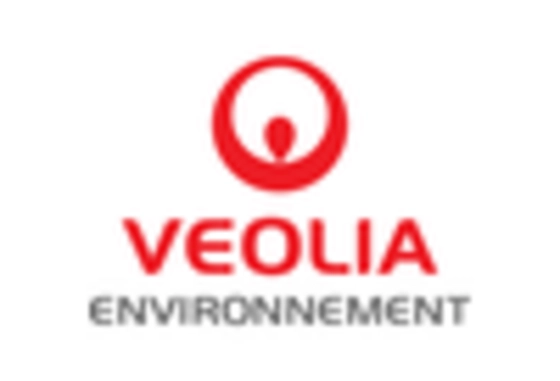
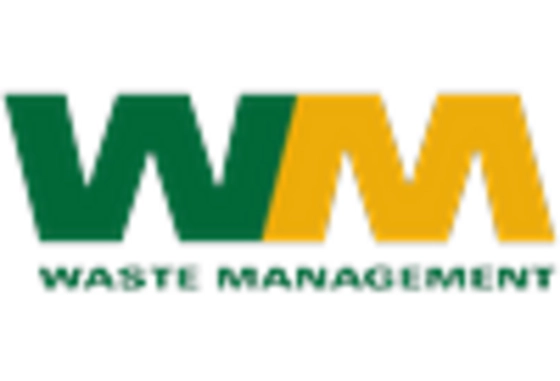








Leave a Comment